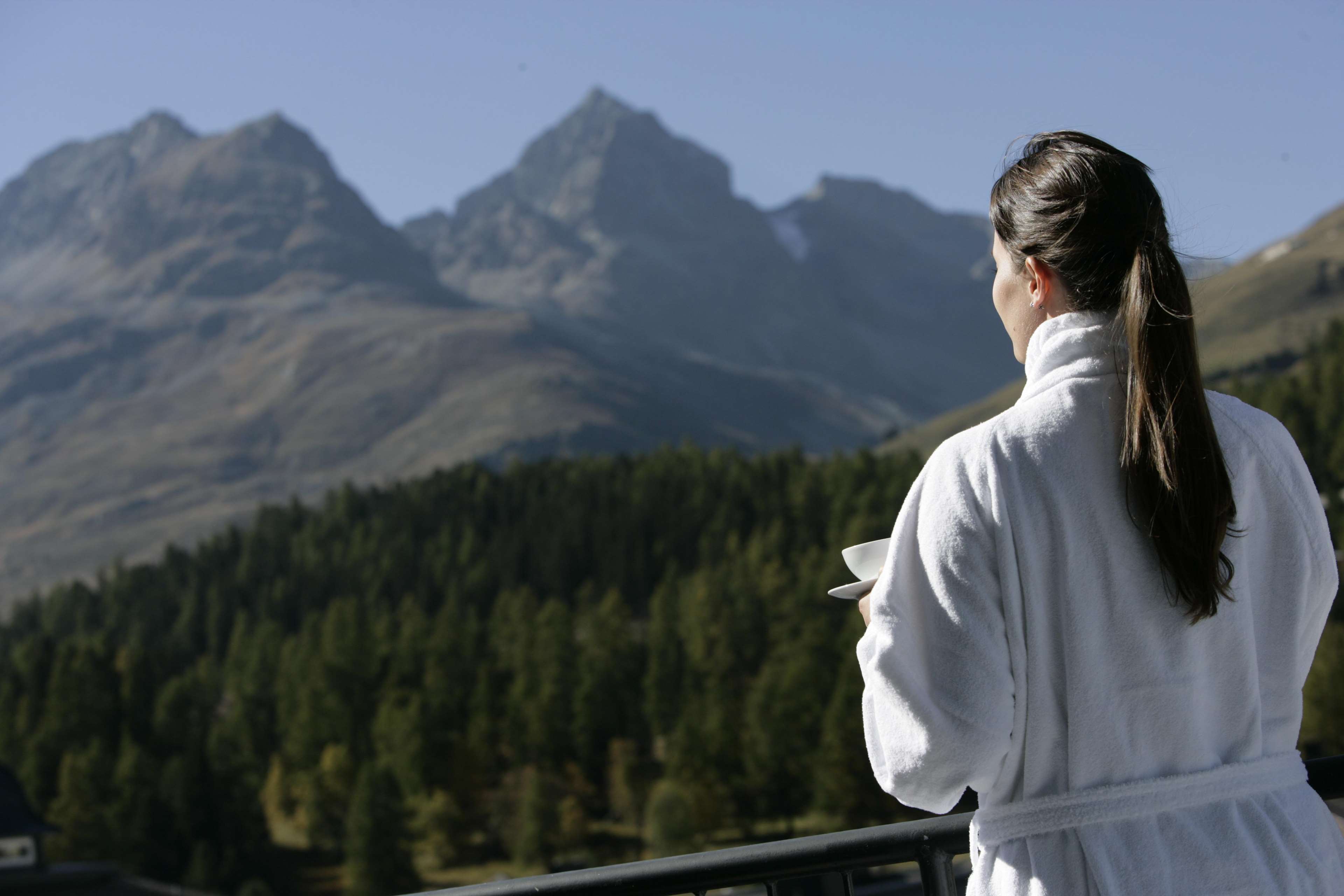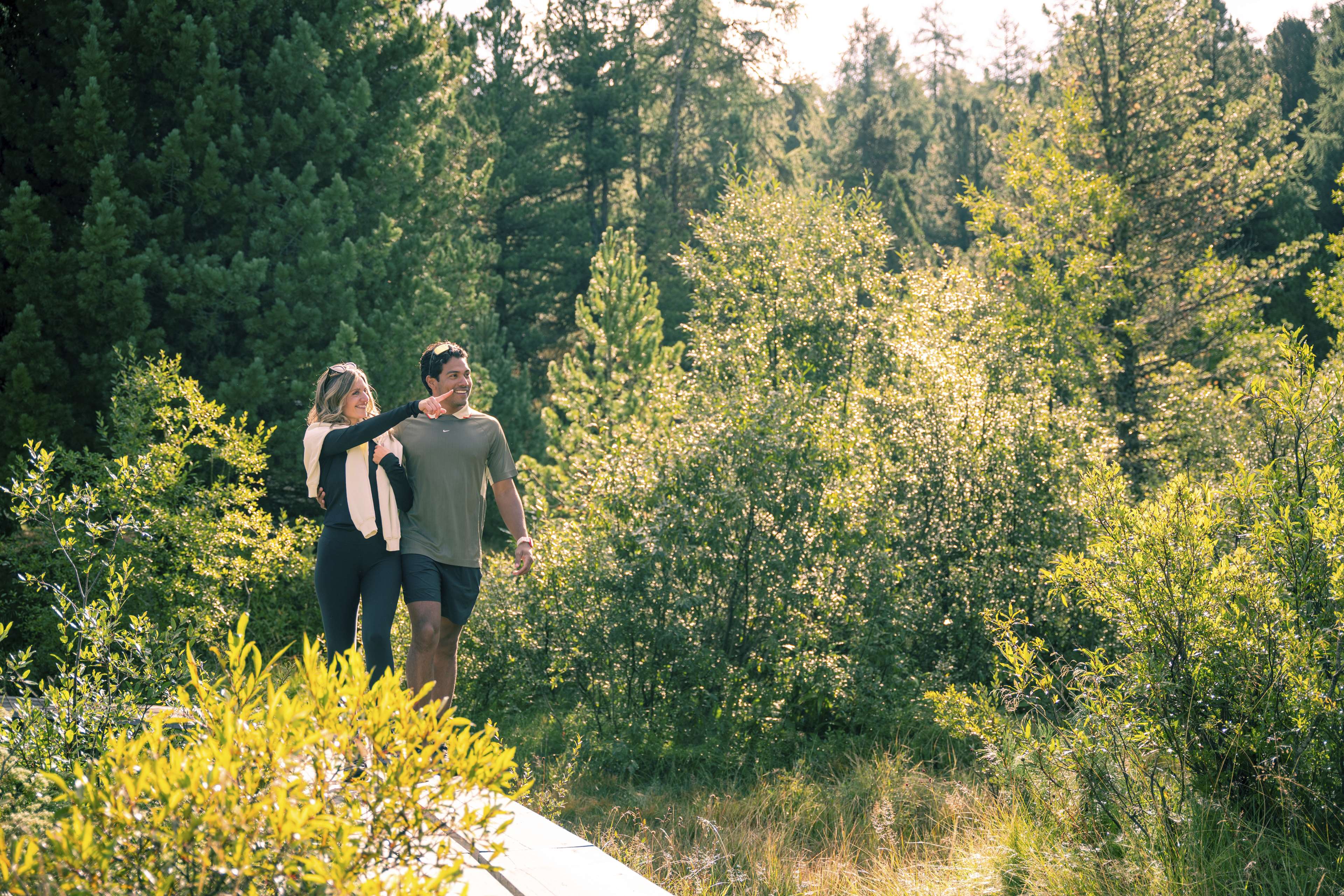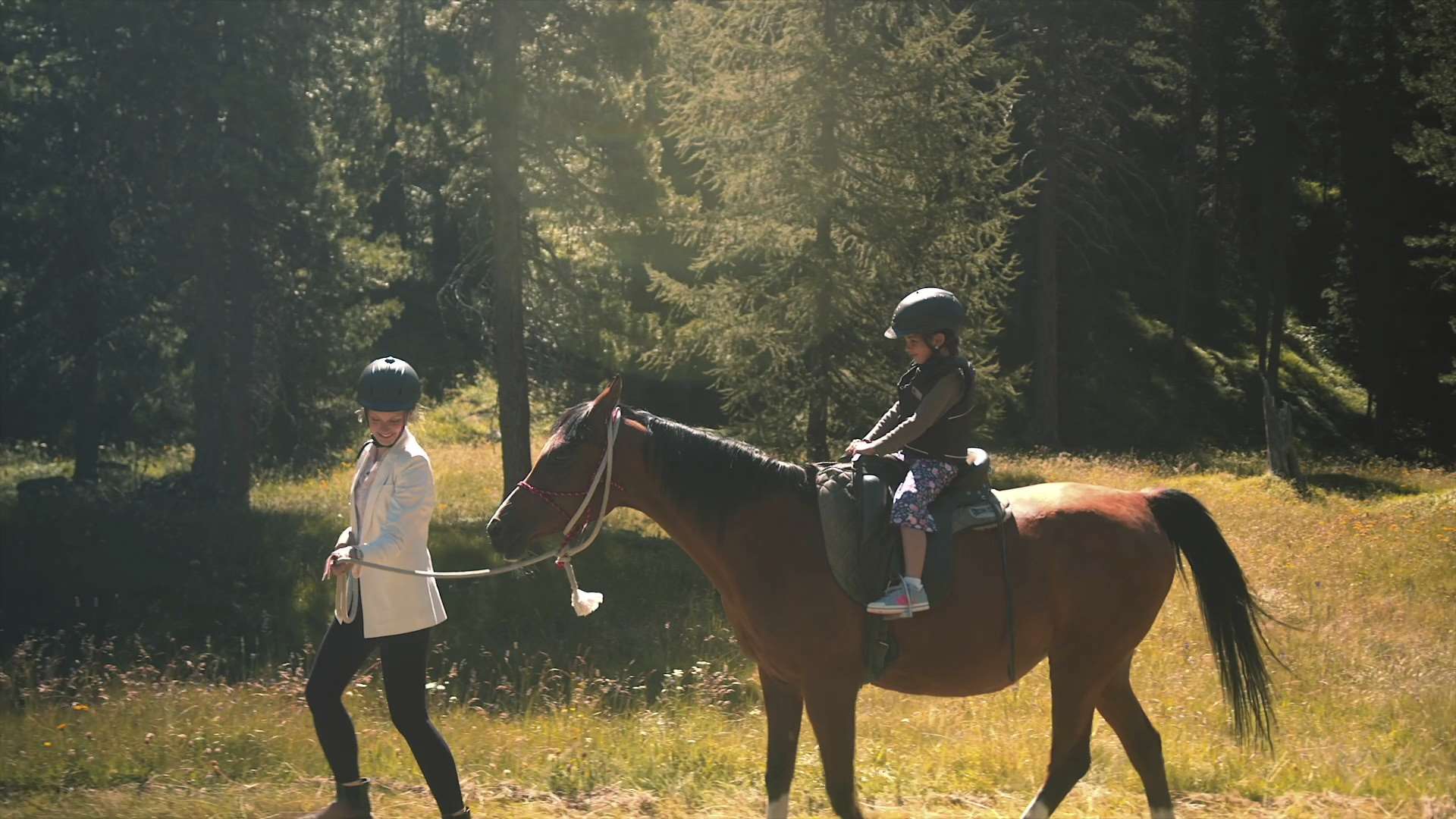
Enchanting Forests
Step into the verdant realms of St. Moritz's forests, a vital part of the Alpine landscape. From the towering pines and larches shaping the skyline to the lush undergrowth teeming with life, these forests are not just a sight to behold—they tell the story of nature's resilience and beauty.
Nestled in the high altitudes of the Swiss Alps, the forests around St. Moritz are a cornerstone of the region's breathtaking landscapes. These woodlands are not just vital to the ecosystem but also a profound symbol of nature's adaptability and resilience. In this article, we will explore the vibrant history, unique biodiversity, and the ecological significance of the forests that drape the mountains of Oberengadin.
As we walk through the history of these forests, from their post-glacial origins to their current conservation efforts, we will uncover the intricate relationship between the natural environment and the local communities that have thrived here over millennia. These forests are home to a diverse array of flora and fauna, each contributing to the complex ecological tapestry that defines the Oberengadin region.
The Origins and Evolution of Oberengadin's Forests
The story of the forests in St. Moritz and the wider Oberengadin area is deeply intertwined with the geological and climatic history of the Alps. Approximately 12,000 years ago, as the ice sheets from the last Ice Age receded, they left behind barren landscapes. It was upon these raw terrains that the first pioneer species such as algae, lichens, and mosses began to take hold, gradually creating a layer of humus that would nurture higher plants.
Over millennia, as the climate warmed and cooled, the forests evolved. Initially dominated by birch and various species of pine, these woodlands began to change as more tree species migrated into the area. The sturdy Scots pine and the resilient birch were among the first to colonise the rocky, nutrient-poor soils, soon followed by other species adapted to the harsh mountain conditions.
The Pioneering Species: Birch and Pine
Research has shown that birch and pine were the predominant species in the early post-glacial period of Oberengadin. Their pollen, found in abundance in the lowest layers of local peat bogs, attests to their primary role in the reforestation of the landscape. These species were crucial in stabilising the soil and providing shelter for other plant species to establish.
As the climate continued to stabilize, the birch and pine were gradually joined and sometimes replaced by more demanding species like the Swiss stone pine and larch, which brought with them a greater diversity of undergrowth and animal life, enriching the burgeoning forest ecosystem.
The Role of Climate and Human Influence
The forests of Oberengadin have not only been shaped by natural forces but also by human activity. The early inhabitants of the region utilized the forests for timber and as pasture lands, which significantly altered the landscape. Evidence of this human influence is clear from the charcoal layers found in the soil, indicating extensive periods of burning, likely to clear land for agriculture and livestock.
Moreover, climatic fluctuations over the centuries have played a significant role in shaping the composition and distribution of these forests. Cooler and wetter periods allowed for the expansion of forests up the mountain slopes, while warmer, drier periods saw a retreat of tree lines.
As we delve deeper into the forests of St. Moritz, we will explore more about the current species composition, the ongoing conservation efforts to protect these precious ecosystems, and the continued importance of these forests to the biodiversity and cultural heritage of the region. Join us as we journey through the green heart of St. Moritz, uncovering the stories and science that make these forests a fascinating subject of study and an essential component of the Alpine landscape.
St. Moritz is a canvas of natural beauty and also a mosaic of art and culture. Step from the forest's natural gallery into the vibrant cultural scene that mirrors the diverse heritage and creativity of the region.



